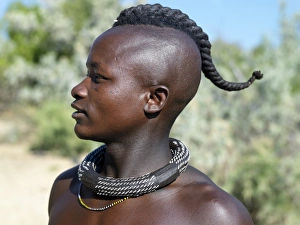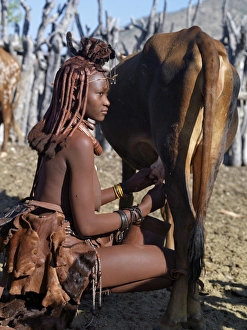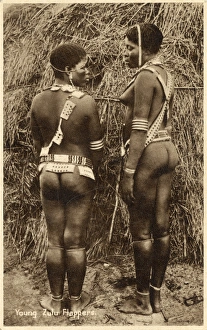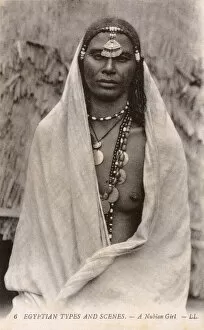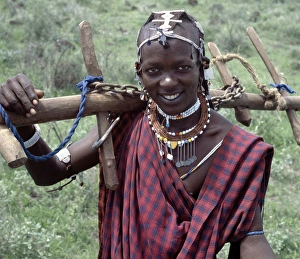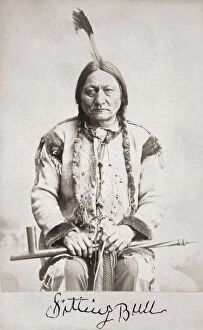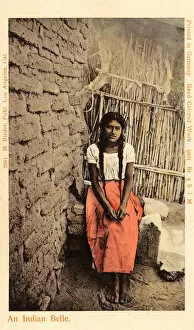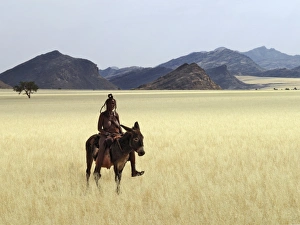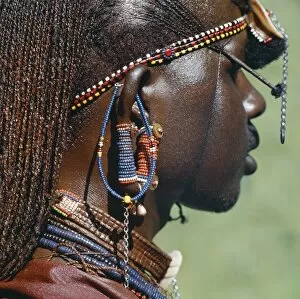Braids Collection (page 7)
"Braids: A Tapestry of Cultural Heritage and Timeless Beauty" they have long been a symbol of cultural identity
All Professionally Made to Order for Quick Shipping
"Braids: A Tapestry of Cultural Heritage and Timeless Beauty" they have long been a symbol of cultural identity, weaving together stories from different corners of the world. From the stoic gaze of Sioux Chief Sitting Bull to the vibrant hair braiding in Dakar, Senegal, these intricate styles transcend borders and celebrate diversity. Intriguingly captured in an engraving is Isabella of Portugal, her braided locks reflecting elegance and grace that withstands centuries. Similarly, a Himba woman adorned with red ochre gleams with pride as she embraces her traditional attire, showcasing the power of ancestral customs. The Tigray woman's braided hair holds not only aesthetic beauty but also spiritual significance - a cross representing her faith within the Ethiopian Orthodox Church. Meanwhile, Madagascar's Betsileo women gather together with their unique braided hairstyles as a testament to unity and strength. Through time and space, braids continue to inspire resilience. An Arapahoe boy from 1882 reminds us that our roots ground us while offering glimpses into our shared humanity. The message "You Are Strong" echoes through each braid tightly woven against adversity; they are never late in reminding us of our inherent strength. Beyond cultural heritage lies love itself - Blacklove radiates through every strand intertwined with care and affection. Braids become more than just a hairstyle; they embody an expression of self-love and empowerment. Lastly, two young Zulu women proudly display their rear view adorned with stunning braids – an ode to tradition passed down generations in South Africa. Their presence speaks volumes about resilience rooted deep within their souls. In this tapestry woven by countless hands across continents, we find angelic elegance entwined within each braid—a reminder that beauty transcends physical appearances alone. Braids tell stories etched on scalps like ancient manuscripts waiting to be read by those who appreciate their artistry.


